Home>Articles>How To Determine Bookshelf Dimensions For Maximum Functionality
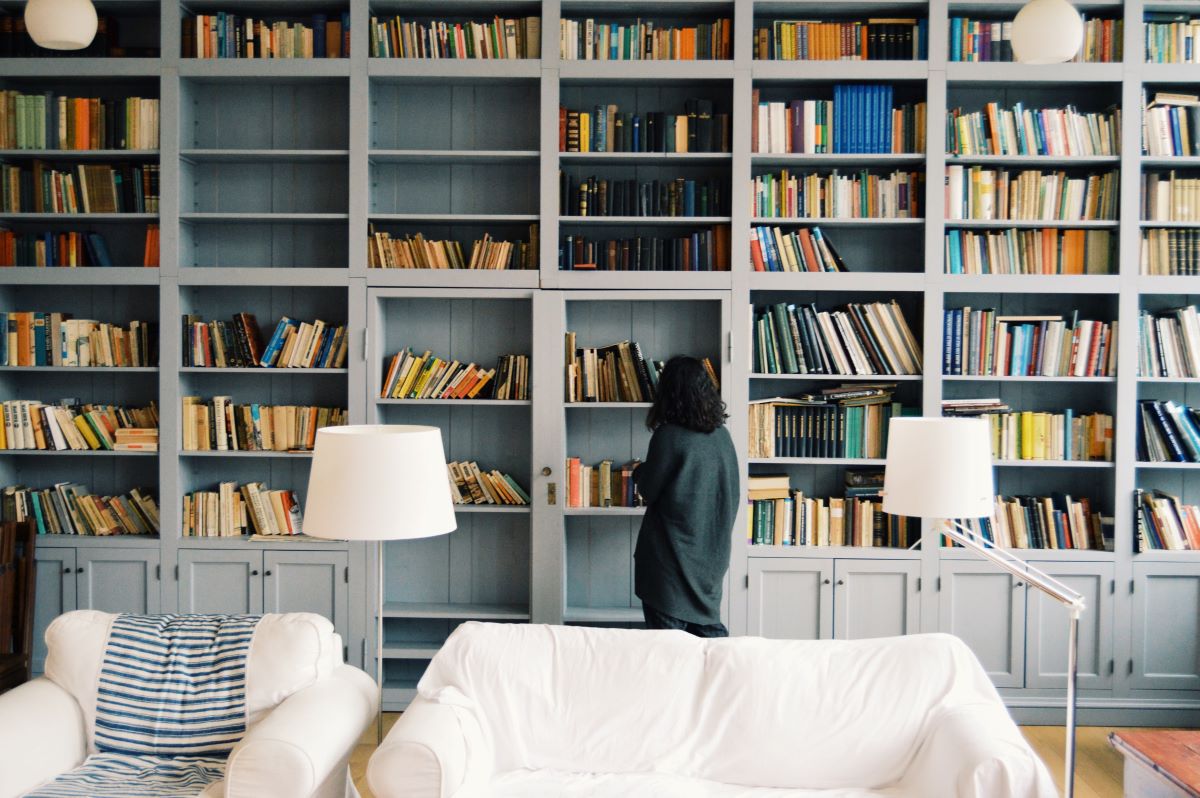

Articles
How To Determine Bookshelf Dimensions For Maximum Functionality
Modified: January 23, 2024
Learn how to determine bookshelf dimensions for maximum functionality in this informative article. Discover the key factors to consider and optimize your bookshelf space.
(Many of the links in this article redirect to a specific reviewed product. Your purchase of these products through affiliate links helps to generate commission for Storables.com, at no extra cost. Learn more)
Introduction
When it comes to home libraries and book enthusiasts, having a well-designed and functional bookshelf is essential. Not only does it provide a means of organizing and displaying your beloved book collection, but it also adds a touch of elegance and sophistication to any room. However, determining the right bookshelf dimensions can be a daunting task. You want to ensure that it not only fits seamlessly into your space but also maximizes functionality and meets your storage needs.
Before diving into the nitty-gritty of bookshelf dimensions, there are several factors to consider. These factors will help guide you in making the right choices and create a bookshelf that perfectly enhances your space while accommodating your book collection.
Key Takeaways:
- Consider room size, wall space, and existing furniture when determining bookshelf dimensions. Analyze book collection and storage needs to optimize shelf height and spacing for functionality and visual appeal.
- Calculate bookshelf width and depth, incorporating storage for various items and ensuring accessibility. Optimize design with storage compartments, organized display, and customizable add-ons for a functional and aesthetically pleasing bookshelf.
Read more: How To Dimension A Floor Plan
Factors to Consider Before Determining Bookshelf Dimensions
Before you start measuring and designing your bookshelf, there are a few important factors to take into consideration:
- Room Size: The size of the room will greatly influence the dimensions of your bookshelf. You don’t want it to overwhelm the space or make the room feel cramped. Take accurate measurements of the room’s dimensions, including the width, length, and height.
- Wall Space: Assess the available wall space where you plan to place the bookshelf. Measure the width and height of the wall, taking into account any obstacles such as doors, windows, electrical outlets, or vents. This will help determine the maximum width and height your bookshelf can be.
- Ceiling Height: Consider the height of the ceiling when designing your bookshelf. If you have high ceilings, you may want to opt for taller bookshelves to utilize the vertical space. However, for lower ceilings, a shorter bookshelf might be more appropriate to maintain proportion and avoid overwhelming the room.
- Existing Furniture and Décor: Take note of any existing furniture pieces or décor items in the room that might affect the placement or size of your bookshelf. You want to ensure that the bookshelf complements the overall style and aesthetics of the room and doesn’t clash with other furniture or decorative elements.
By considering these factors, you can start to form a clear picture of the space you have to work with and begin planning the dimensions of your bookshelf.
Analyzing Book Collection and Storage Needs
Understanding your book collection and storage needs is crucial when determining the dimensions of your bookshelf. Here are a few factors to consider:
- Number of Books: Begin by assessing the size of your book collection. Count the number of books you have, including any future additions you anticipate. This will give you an idea of how much shelf space you will need.
- Book Sizes and Formats: Take into account the sizes and formats of your books. Are you primarily dealing with paperback novels, hardcover books, or a mix of both? Measure the average height and width of your books to determine the appropriate shelf height and spacing. It’s important to allow enough space between shelves to accommodate taller books and provide breathing room for easy access.
- Additional Storage Requirements: Consider if you require additional storage space for other items besides books. Do you have decorative items, photo albums, or collectibles that you want to display on your bookshelf? If so, factor in the dimensions and storage needs of these items when planning your bookshelf design.
By analyzing your book collection and storage needs, you can create a bookshelf that not only fits your books but also provides the desired storage space for other items.
Determining Shelf Height and Spacing
Choosing the right shelf height and spacing is crucial for optimizing the functionality and visual appeal of your bookshelf. Here are some factors to consider:
- Book Sizes and Grouping: Take into account the various sizes of your books and group them accordingly. You may want to dedicate certain shelves to accommodate taller or larger books, while others can be used for smaller paperbacks. This will help you determine the appropriate shelf heights for each section of your book collection.
- Adjustable vs. Fixed Shelves: Consider whether you prefer adjustable or fixed shelves. Adjustable shelves offer the flexibility to customize the spacing based on your evolving needs. They allow for rearranging shelves to accommodate taller or shorter books over time. Fixed shelves, on the other hand, provide stability and a consistent look but may limit your options for accommodating different book sizes.
- Factors Affecting Shelf Spacing: While determining shelf spacing, consider factors such as the thickness of the books, the orientation (vertical or horizontal) you prefer, and the aesthetics of evenly spaced shelves. You want to ensure that the spacing is not too tight, making it difficult to take books in and out, but not too wide, leading to wasted shelf space.
By considering these factors and experimenting with different shelf heights and spacing, you can create a bookshelf that not only accommodates your books but also adds visual interest and functionality to your space.
When determining bookshelf dimensions, consider the size and weight of the books you plan to store. Adjustable shelves can provide flexibility for different book sizes.
Calculating Bookshelf Width and Depth
When determining the width and depth of your bookshelf, it’s important to consider a few key factors to ensure it meets your storage needs and fits seamlessly into your space:
- Book Dimensions and Overhang: Start by measuring the average width and depth of your books, taking into account any overhang that may occur when books are placed upright on the shelves. Add a few extra inches to the width and depth to allow for this overhang, ensuring that your books fit comfortably on the shelves without being cramped or sticking out too much.
- Incorporating Storage for Various Items: Besides accommodating your book collection, think about incorporating storage space for other items. You might want to include cubbies or compartments for storing decorative items, baskets for organizing smaller items, or drawers for keeping things out of sight. Assess your storage needs to determine how much additional space you’ll need and incorporate it into the overall width and depth of your bookshelf.
- Considering Accessibility and Functionality: Ensure that your bookshelf allows for easy access and functionality. Consider the ergonomics of reaching for books on higher shelves – you may want to place more frequently accessed books at eye level. Additionally, leave room for space to navigate around the bookshelf comfortably, particularly if it’s in a frequently used area of the room.
By carefully calculating the width and depth of your bookshelf, taking into account book dimensions, additional storage needs, and accessibility, you’ll create a well-proportioned and functional piece of furniture that seamlessly integrates into your space.
Read more: How To Read A Floor Plan Dimensions
Optimizing Bookshelf Design for Functionality
Creating a bookshelf that not only serves as an efficient storage solution but also enhances the functionality of your space is essential. Here are some ways to optimize the design of your bookshelf:
- Incorporating Storage Compartments and Drawers: Consider adding storage compartments or drawers to your bookshelf. These can be used to store smaller items, such as stationery, bookmarks, or reading glasses. Incorporating these compartments helps keep your bookshelf organized and clutter-free.
- Organizing Books and Display Items: A well-organized bookshelf not only makes it easier to find and access your books but also adds aesthetic appeal. Group books by genre, author, or color for a visually pleasing arrangement. You can intersperse decorative items or plants among the books to create a balanced and personalized display.
- Add-ons for Customization and Personalization: Consider incorporating add-ons that allow for customization and personalization. Bookends can help keep books in place and add a decorative touch. Adjustable shelves or modular systems offer flexibility in rearranging your bookshelf according to your changing needs. Additionally, you can incorporate lighting options such as spotlights or LED strips to highlight specific books or objects.
By optimizing your bookshelf design with storage compartments and drawers, organizing your books and display items thoughtfully, and incorporating customizable add-ons, you can create a functional and aesthetically pleasing bookshelf that reflects your style and enhances your reading experience.
Conclusion
Designing a bookshelf that perfectly suits your space and storage needs is a rewarding endeavor. By considering factors such as room size, wall space, ceiling height, and existing furniture, you can ensure that your bookshelf fits harmoniously into your environment. Analyzing your book collection and storage requirements, such as the number and sizes of books, enables you to determine the ideal shelf heights and spacing.
Calculating the width and depth of the bookshelf, taking into account book dimensions, overhang, and additional storage needs, ensures that your books and other items are accommodated comfortably. Optimizing the bookshelf design includes incorporating storage compartments and drawers, organizing books and display items, and adding customizable elements for personalization.
Ultimately, a well-designed bookshelf not only provides a functional space for organizing and displaying your book collection but also adds an aesthetic touch to your room. It creates a haven for all book enthusiasts and serves as a focal point that showcases your personality and style.
So, before you embark on designing and determining the dimensions of your bookshelf, carefully consider the factors discussed in this article. By doing so, you’ll create a bookshelf that not only meets your storage needs but also adds beauty, functionality, and charm to your space, transforming it into a haven for all things literary.
Frequently Asked Questions about How To Determine Bookshelf Dimensions For Maximum Functionality
Was this page helpful?
At Storables.com, we guarantee accurate and reliable information. Our content, validated by Expert Board Contributors, is crafted following stringent Editorial Policies. We're committed to providing you with well-researched, expert-backed insights for all your informational needs.
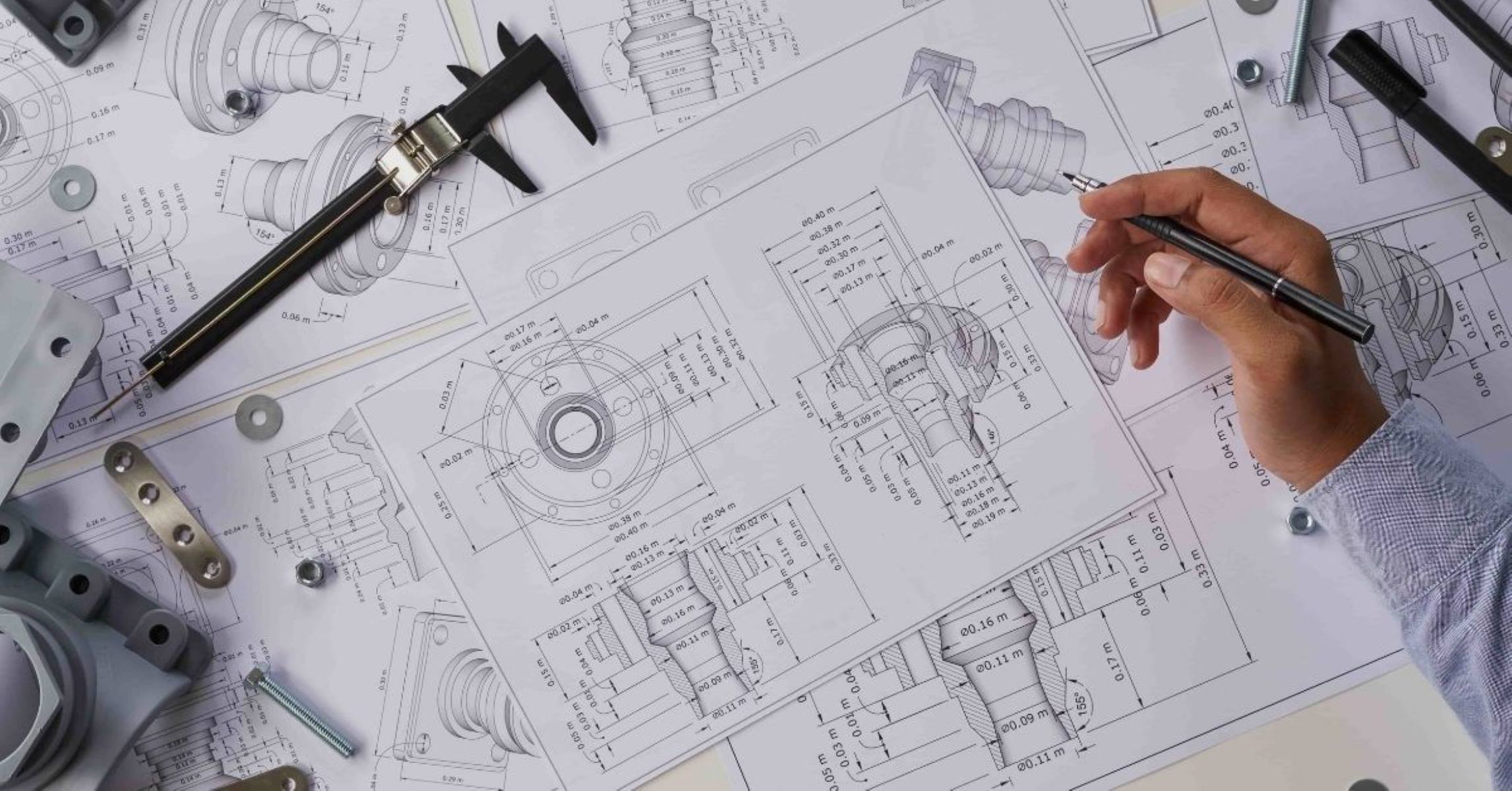

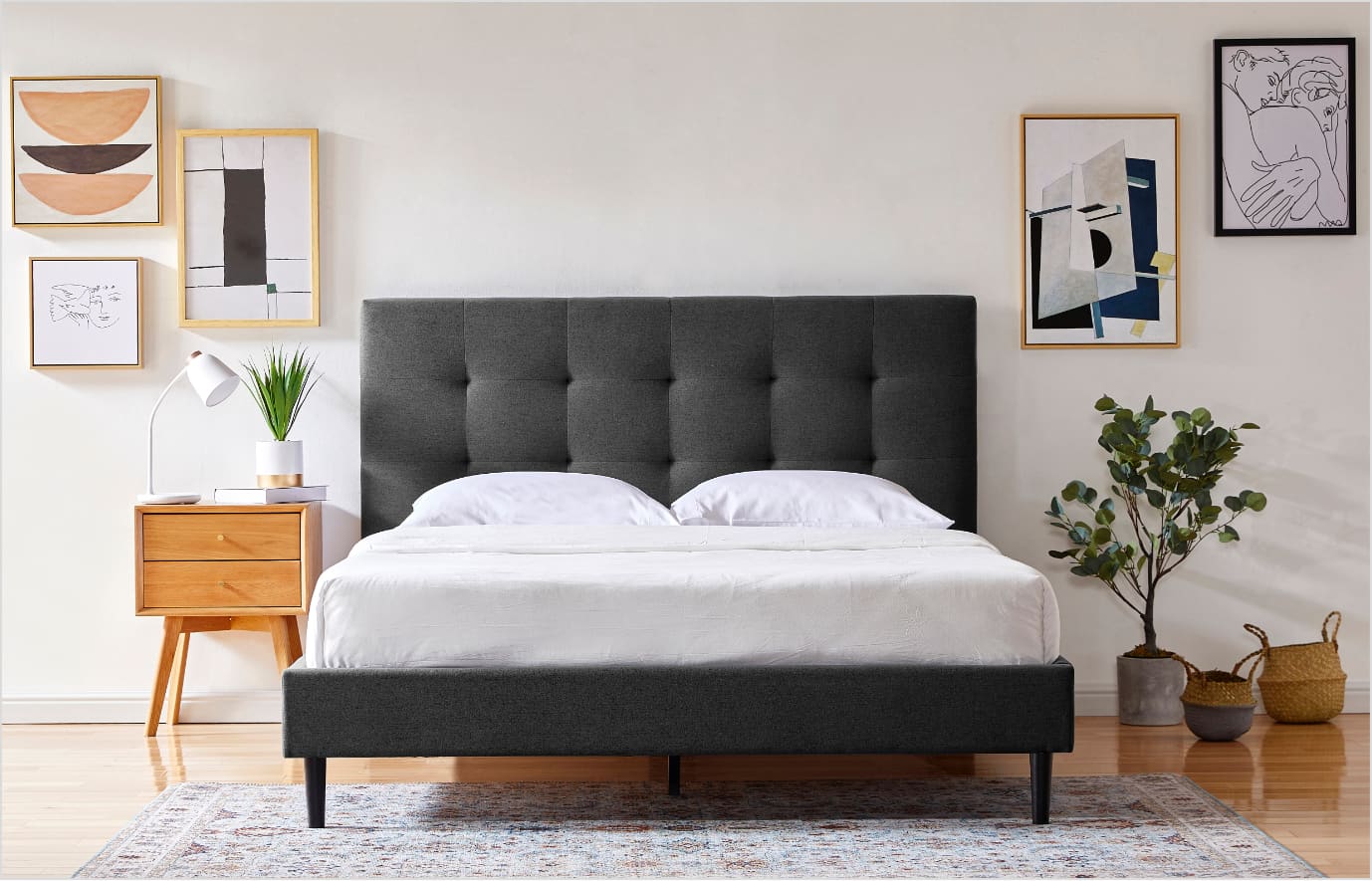
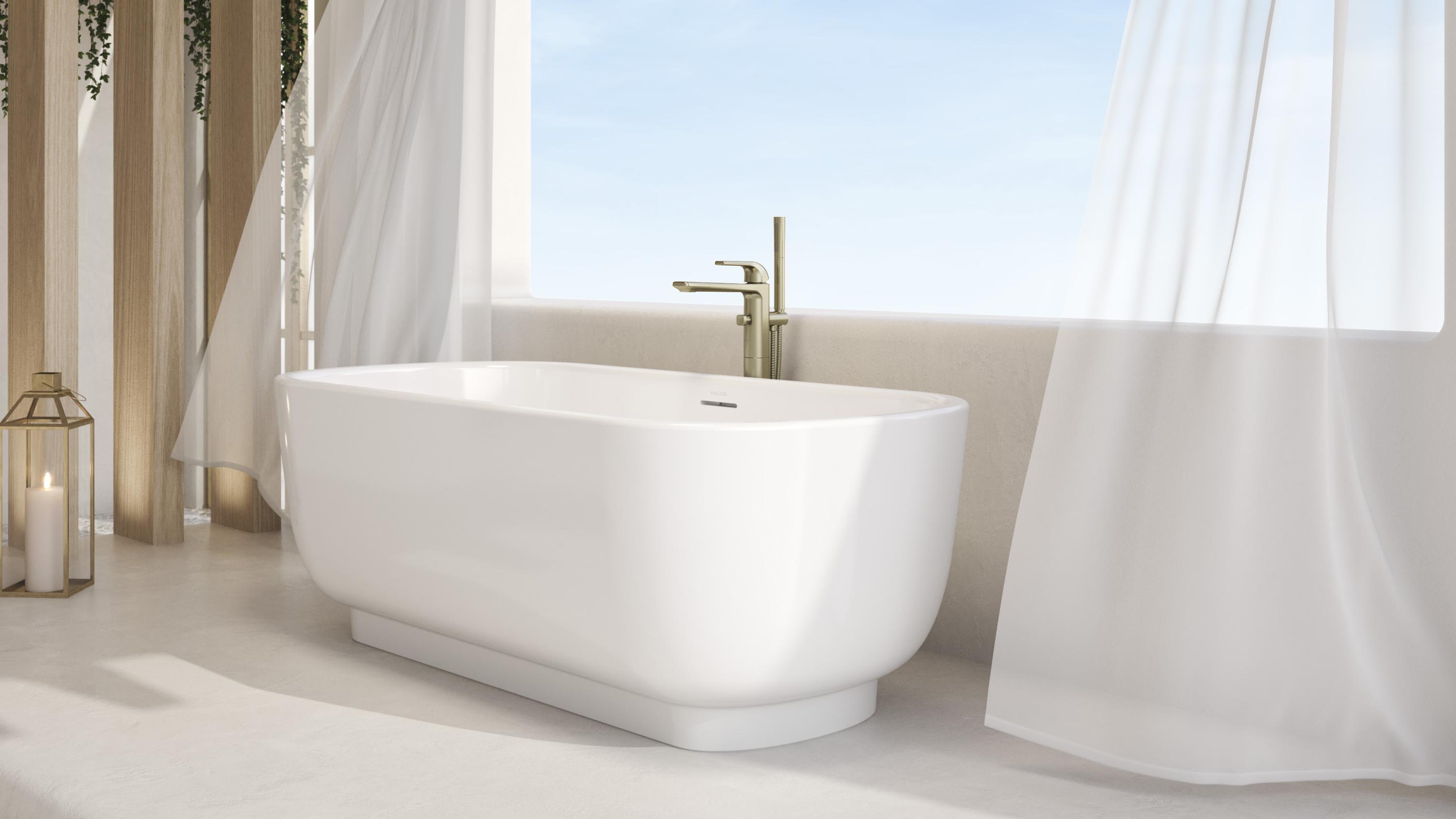
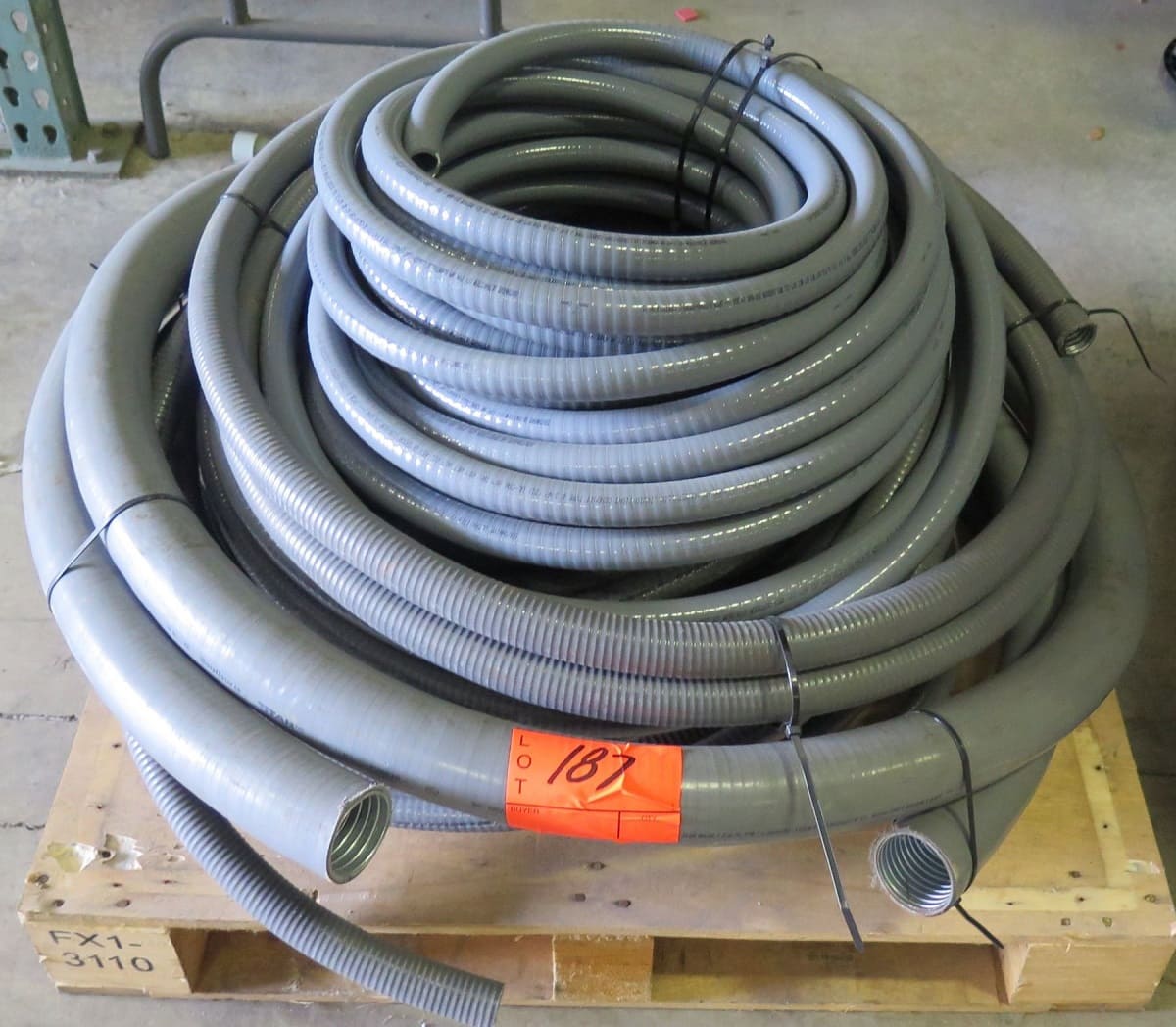
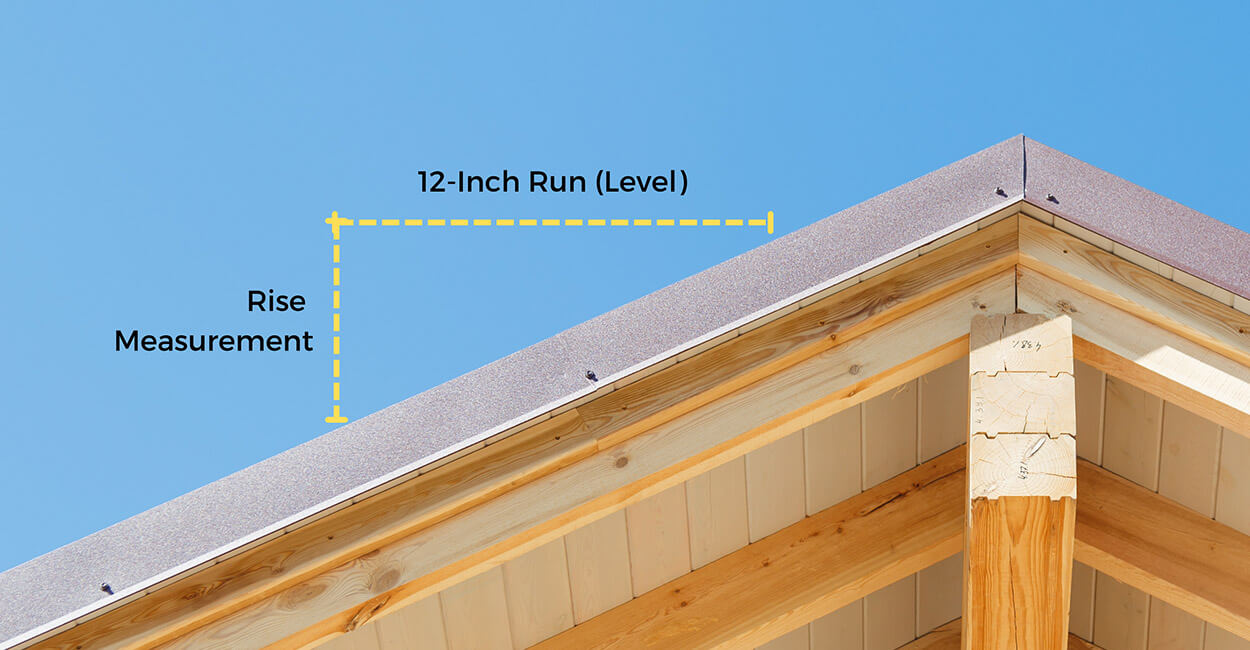
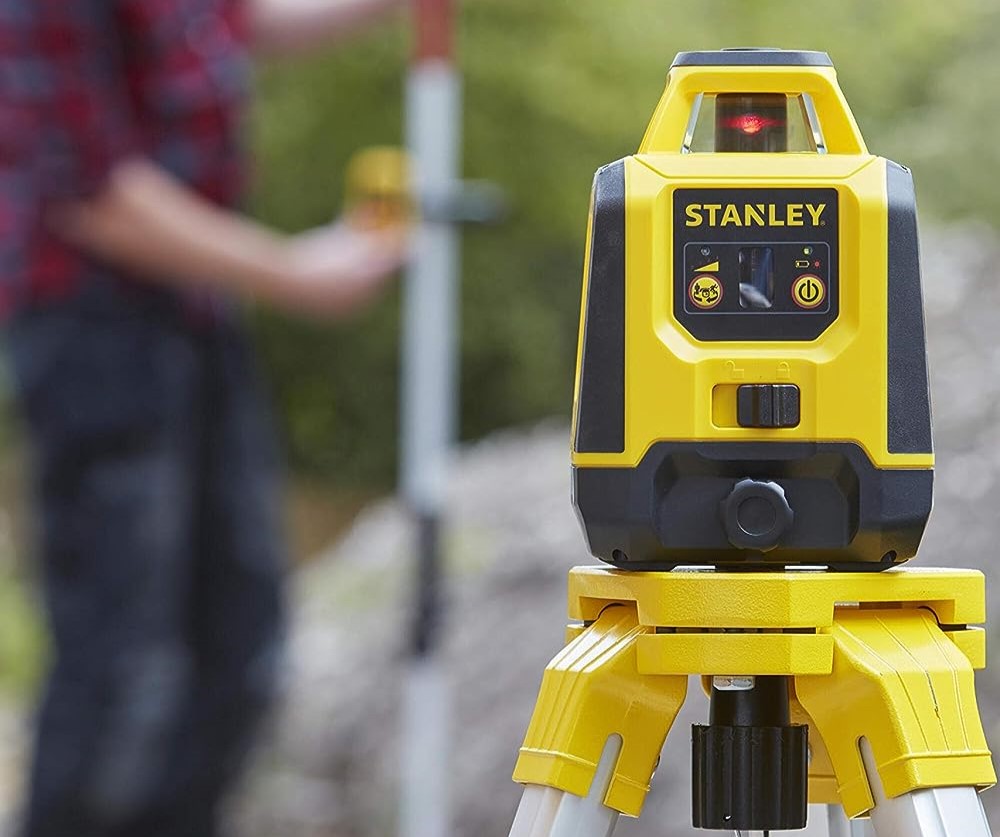
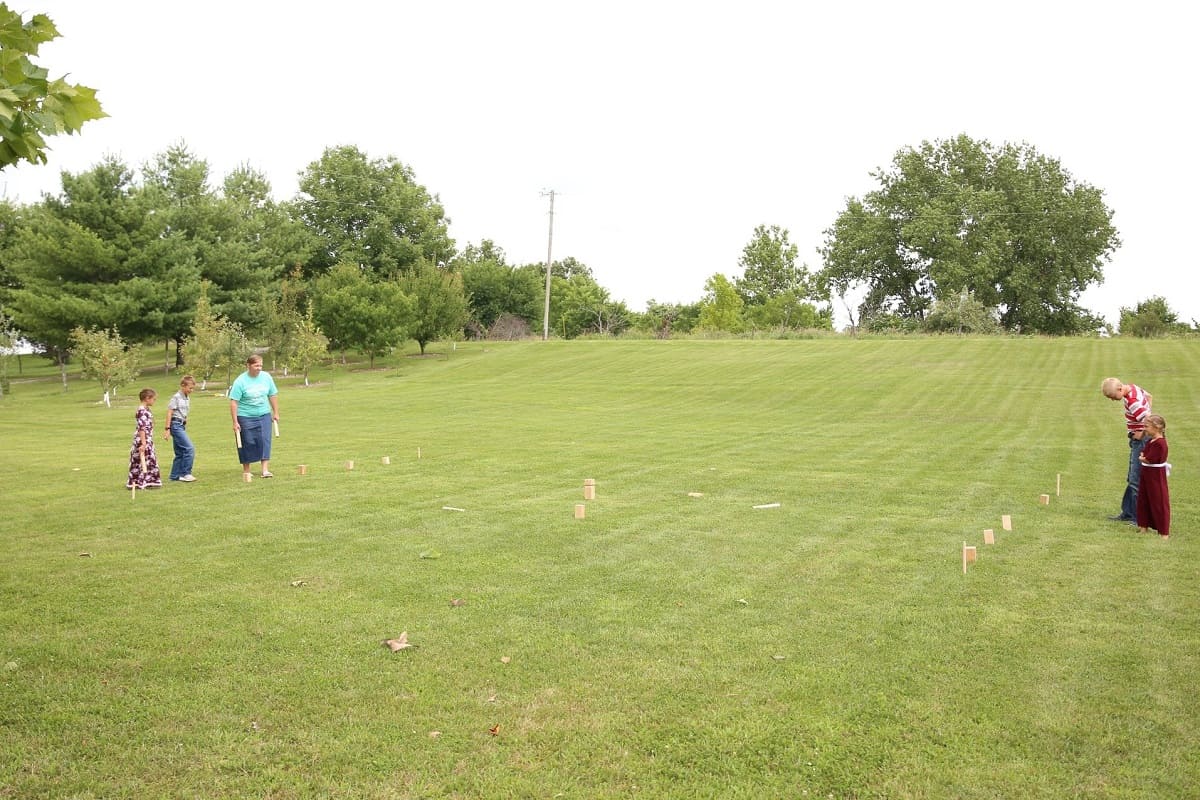
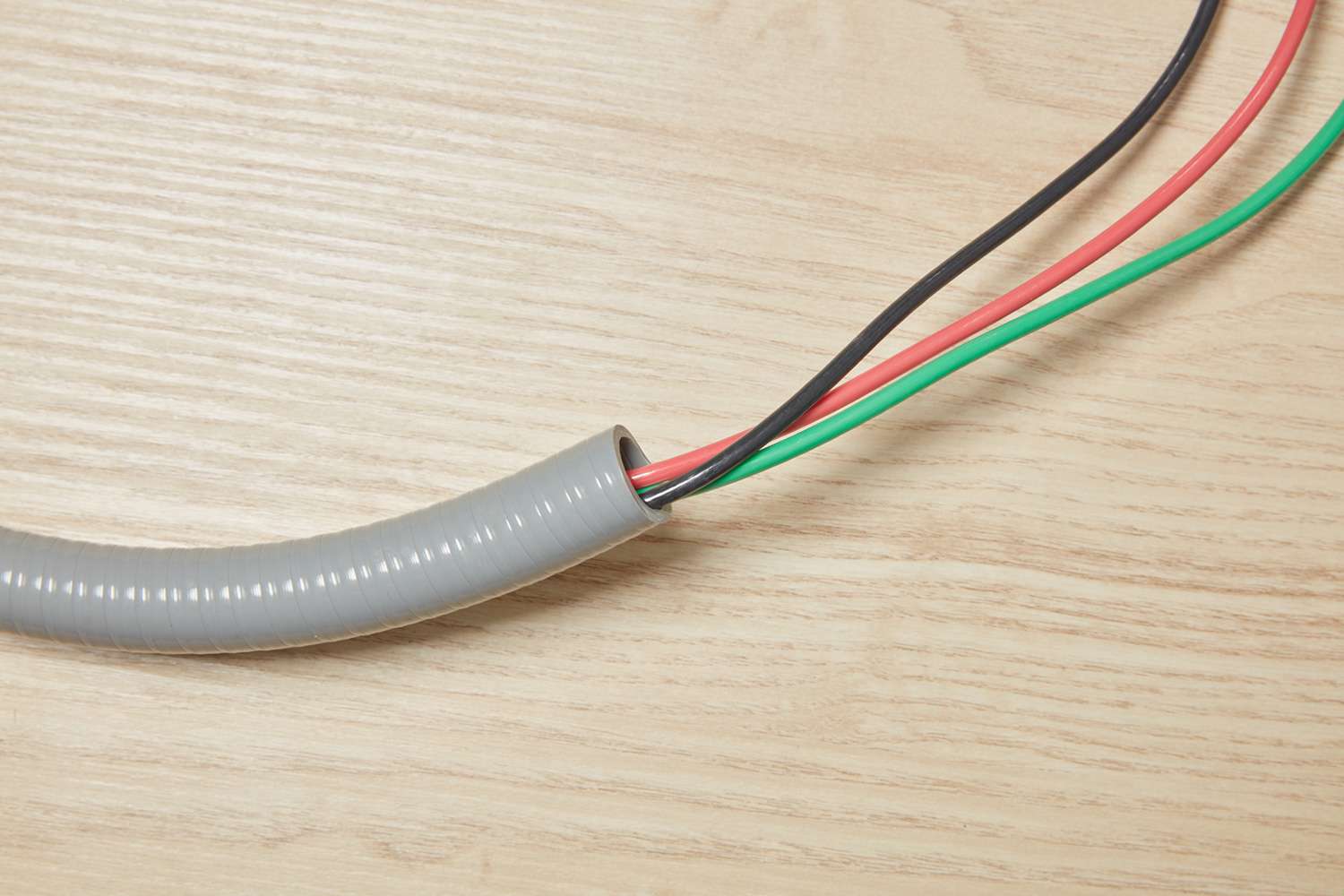
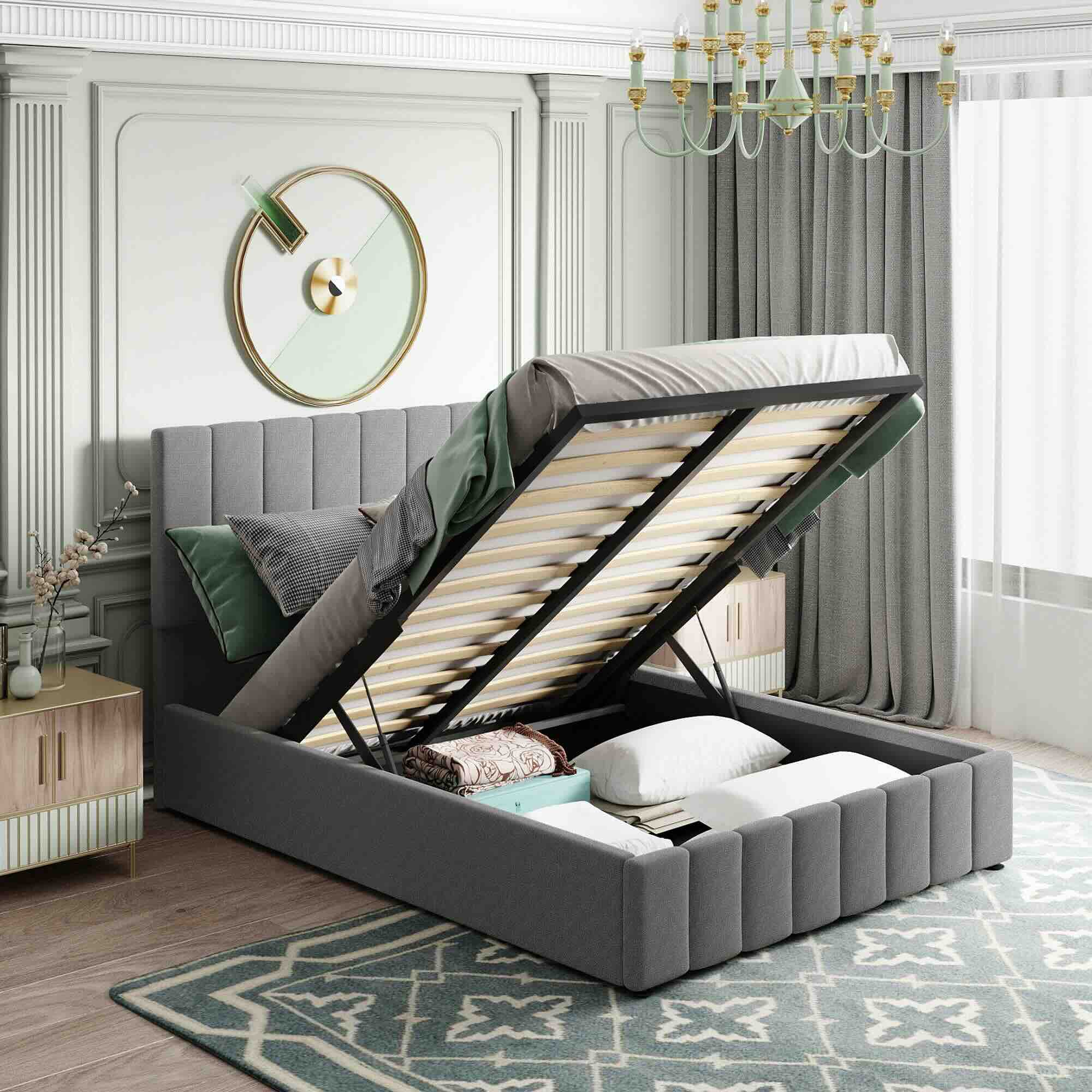
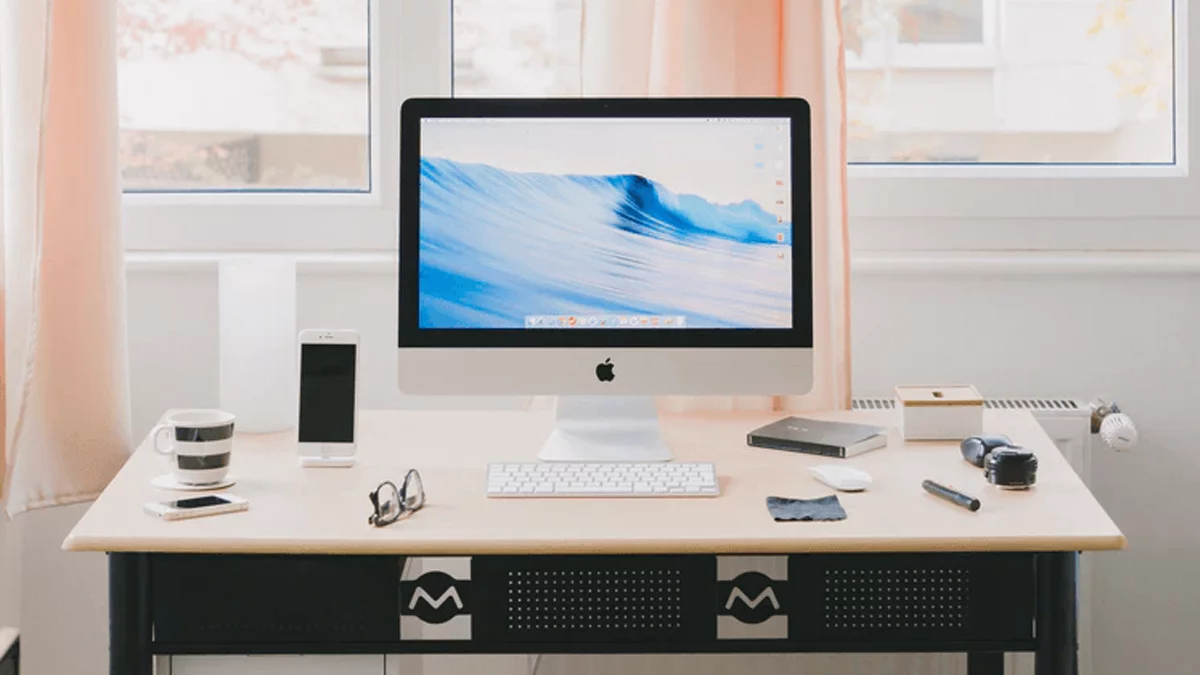
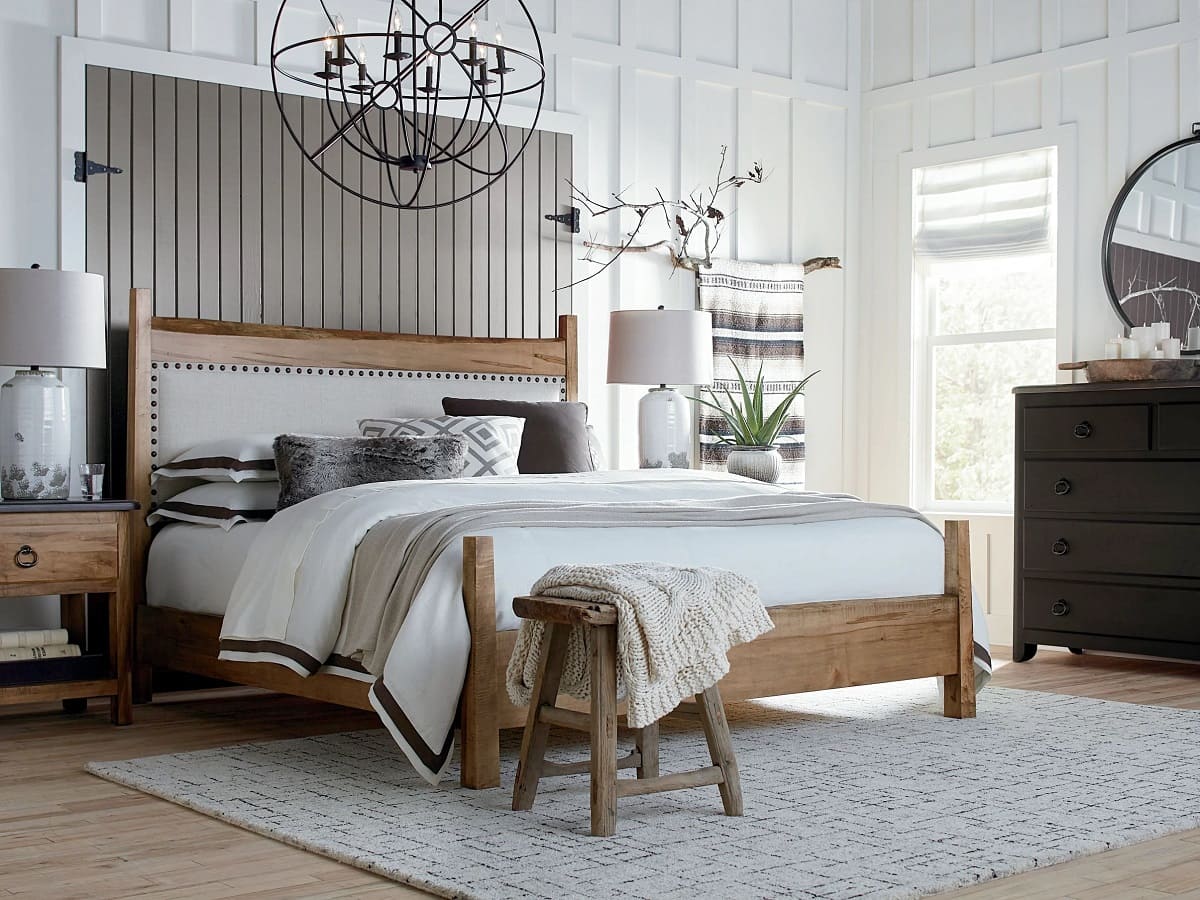
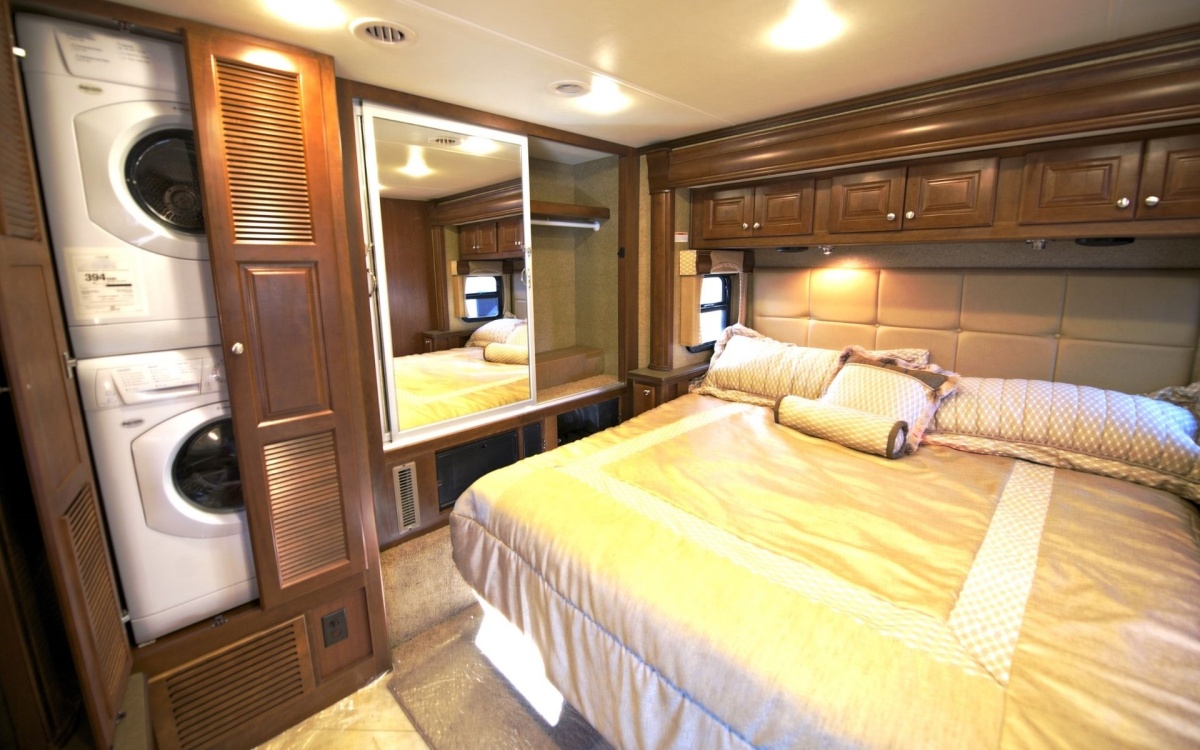


0 thoughts on “How To Determine Bookshelf Dimensions For Maximum Functionality”